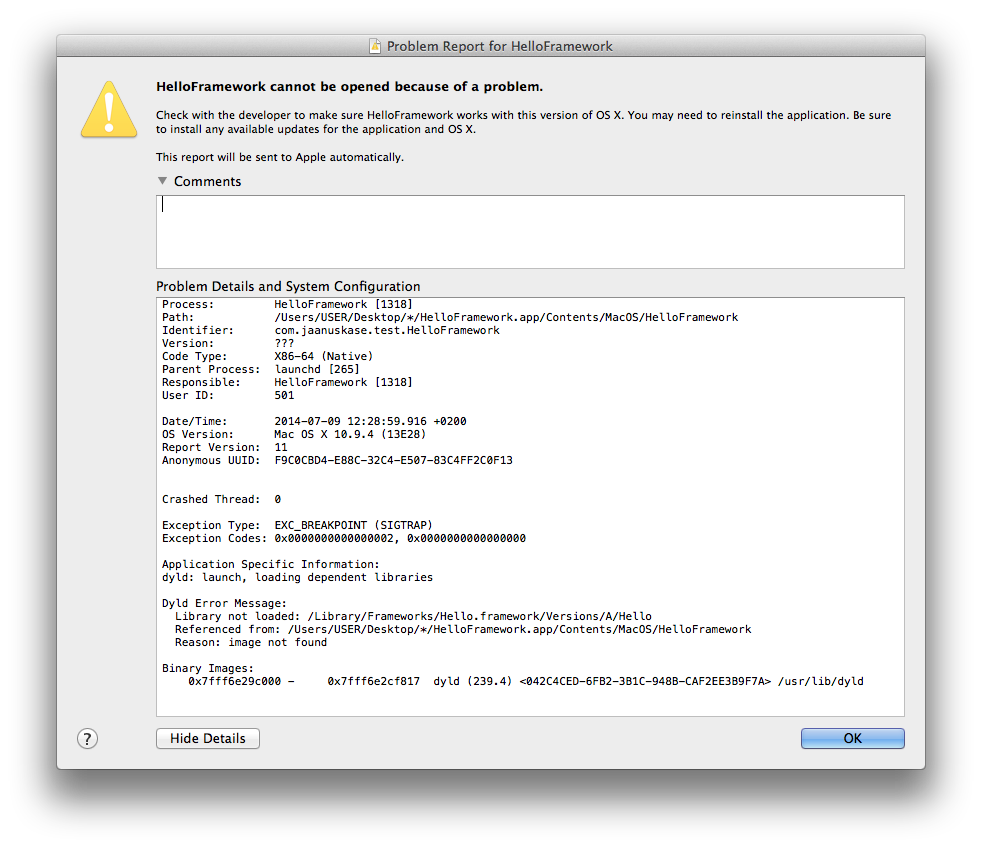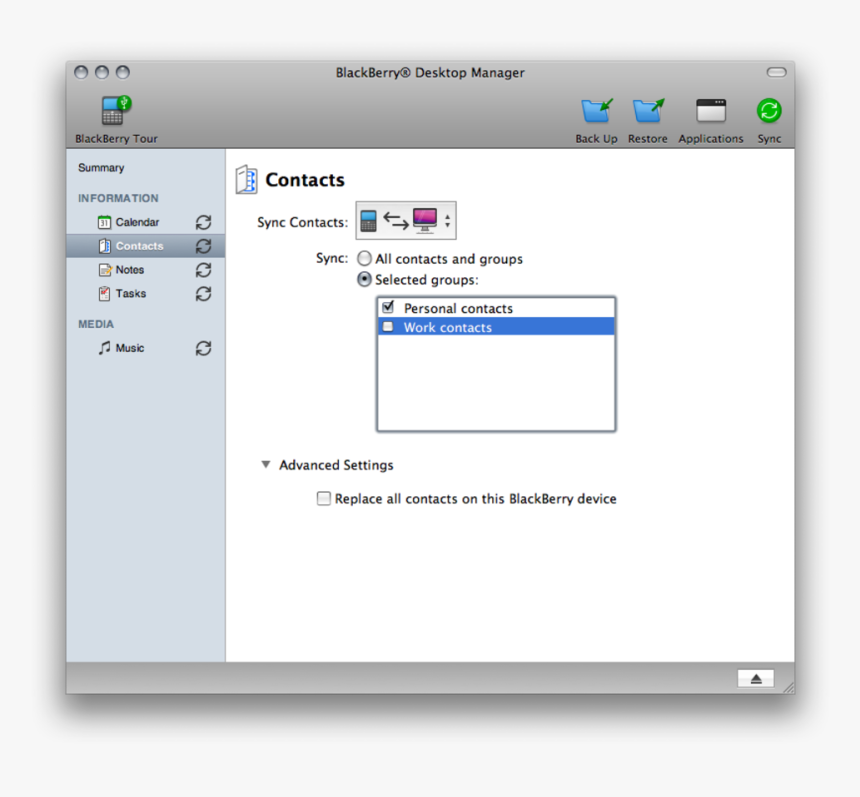Native references gives you the ability to embed a native framework into a Xamarin.iOS or Xamarin.Mac project or binding project.
.NET MAUI is the.NET Multi-platform App UI, a framework for building native device applications spanning mobile, tablet, and desktop. The Foundation framework provides a base layer of functionality for apps and frameworks that's used throughout the macOS, iOS, watchOS, and tvOS SDKs. Hear about valuable enhancements to Foundation collections, performance, internationalization features, and Swift integration. WinForms is a UI framework, with easy to use drag-and-drop designers, for building Windows desktop apps on the.NET platform. Get started with WinForms. Universal Windows Platform (UWP) UWP extends the.NET platform to enable development for any Windows 10 device—PC, tablet, phone, Xbox, HoloLens, Surface Hub, and Windows 10 IoT Core.
Since iOS 8.0 it’s been possible to create an embedded framework to share code between app extensions and the main app in Xcode. Using the Native Reference feature it will be possible to consume these embedded frameworks (created with Xcode) in Xamarin.iOS.
Important
It will not be possible to create embedded frameworks from any type of Xamarin.iOS or Xamarin.Mac projects, Native References only allow for the consumption of existing native (Objective-C) frameworks.
Mac Os Type 1 Hypervisor
Terminology

In iOS 8 (and later), Embedded Frameworks can be both embedded statically linked and dynamically linked Frameworks. To properly distribute them, you must make them into 'fat' Frameworks that included all of their Slices for each device architecture that you want to support with your app.
Static vs. Dynamic Frameworks
Static Frameworks are linked at compile time where Dynamic Frameworks are linked at runtime and therefor can be modified without re-linking. If you have used any 3rd-party Framework prior to iOS 8, you were using a Static Framework that was compiled into your app. See Apple's Dynamic Library Programming documentation for more details.
Embedded vs. System Frameworks
Embedded Frameworks are included in your apps bundle and are only accessible to your specific app via its sandbox. System Frameworks are stored at the Operating System Level and are available to all apps on the device. Currently, only Apple has the ability to create Operating System Level Frameworks.
Thin vs. Fat Frameworks
Thin Frameworks contain only the compiled code for a specific system architecture where Fat Frameworks contain code for multiple architectures. Each architecture-specific codebase compiled into a Framework is referred to as a Slice. So, for example, if we had a Framework that was compiled for the two iOS Simulator architectures (i386 and X86_64), it would contain two Slices.
If you tried to distribute this sample Framework with your app, it would run correctly on the Simulator, but fail on the device since the Framework does not contain any code-specific Slices for an iOS device. To ensure that a Framework will work in all instances, it would also need to include device-specific Slices such as arm64, armv7 and armv7s.
Working with Embedded Frameworks
There are two steps that must be completed to work with Embedded Frameworks in a Xamarin.iOS or Xamarin.Mac app: Creating a Fat Framework and Embedding the Framework.
Creating a Fat Framework
As stated above, to be able to consume an Embedded Framework in your app, it must be a Fat Framework that includes all of the system architectures Slices for the devices that your app will run on.
When the Framework and the consuming app are in the same Xcode project, this is not a problem as Xcode will build both the Framework and the App using the same build settings. Since Xamarin apps cannot create Embedded Frameworks, this technique cannot be used.
To solve this issue, the lipo command line tool can be used to merge two or more Frameworks into one Fat Framework containing all of the necessary Slices. For more information on working with the lipo command, please see our Linking Native Libraries documentation.
Embedding a Framework

The follow step are required to embed a framework in a Xamarin.iOS or Xamarin.Mac project using Native References:
Create a new or open an existing Xamarin.iOS, Xamarin.Mac or Binding project.
In the Solution Explorer, right-click on the project name and select Add > Add Native Reference:
From the Open dialog box, select the name of the Native Framework that you want to embed and click the Open button:
The framework will be added to the project's tree:
When the project is compiled, the Native Framework will be embedded in the App's bundle.
App Extensions and Embedded Frameworks
Internally Xamarin.iOS may take advantage of this feature to link with the Mono runtime as a framework (when the deployment target is >= iOS 8.0), thus reducing app size significantly for apps with extensions (since the Mono runtime will be included only once for the entire app bundle, instead of once for the container app and once for each extension).
Extensions will link with the Mono runtime as a framework, because all extensions require iOS 8.0.
Apps that don’t have extensions and apps that target iOS
Summary
This article has taken a detailed look at embedding a native Framework into a Xamarin.iOS or Xamarin.Mac application.
Framework For Machine Learning
A framework is a hierarchical directory that encapsulates shared resources, such as a dynamic shared library, nib files, image files, localized strings, header files, and reference documentation in a single package. Multiple applications can use all of these resources simultaneously. The system loads them into memory as needed and shares the one copy of the resource among all applications whenever possible.
A framework is also a bundle and its contents can be accessed using Core Foundation Bundle Services or the Cocoa NSBundle class. However, unlike most bundles, a framework bundle does not appear in the Finder as an opaque file. A framework bundle is a standard directory that the user can navigate. This makes it easier for developers to browse the framework contents and view any included documentation and header files.
Frameworks serve the same purpose as static and dynamic shared libraries, that is, they provide a library of routines that can be called by an application to perform a specific task. For example, the Application Kit and Foundation frameworks provide the programmatic interfaces for the Cocoa classes and methods. Frameworks offer the following advantages over static-linked libraries and other types of dynamic shared libraries:

Frameworks group related, but separate, resources together. This grouping makes it easier to install, uninstall, and locate those resources.
Frameworks can include a wider variety of resource types than libraries. For example, a framework can include any relevant header files and documentation.
Multiple versions of a framework can be included in the same bundle. This makes it possible to be backward compatible with older programs.
Only one copy of a framework’s read-only resources reside physically in-memory at any given time, regardless of how many processes are using those resources. This sharing of resources reduces the memory footprint of the system and helps improve performance.
Note: Frameworks are not required to provide a programmatic interface and can include only resource files. However, such a use is not common.
The Darwin layer contains many static and dynamic libraries but otherwise, most OS X interfaces are packaged as frameworks. Some key frameworks—including Carbon, Cocoa, Application Services, and Core Services—provide convenient groupings of several smaller but related frameworks. These framework groups are called umbrella frameworks and they act as an abstraction layer between a technology and the subframeworks that implement that technology.
In addition to using the system frameworks, you can create your own frameworks and use them privately for your own applications or make them publicly available to other developers. Private frameworks are appropriate for code modules you want to use in your own applications but do not want other developers to use. Public frameworks are intended for use by other developers and usually include headers and documentation defining the framework’s public interface.

Copyright © 2003, 2013 Apple Inc. All Rights Reserved. Terms of Use | Privacy Policy | Updated: 2013-09-17
